China’s financing and investment spread across 61 BRI countries in 2023 (up...
2024-02-27 31 英文报告下载
Key Finding: The CCP has taken steps over the past decade to rapidly modernize and strengthen its patent system to better compete with the U.S. The CCP has realized that a robust patent system creates powerful incentives for innovation, technological development, and economic growth. Continuing to improve the U.S. patent system is vital to maintaining our technological leadership and the competitiveness of the U.S. innovation economy. Therefore, it is critical to ensure that the U.S. Patent and Trademark Ofce (USPTO) is operating efectively and has the resources necessary to accomplish its mission. The U.S. patent system has helped foster U.S. leadership in technology for over a century, and the CCP seeks to replicate that success in the PRC. For example, more international patent applications under the Patent Cooperation Treaty (PCT) have come from the U.S. than any other nation each year since the PCT entered into force in 1978, until the PRC overtook the U.S. for the frst time in 2019.257 This recent lead in the annual rate of new patent application flings does not yet indicate that the PRC’s patent system has surpassed the U.S. patent system, particularly given the PRC patent system was moribund for decades. When considered with other available information on the impact of the CCP’s technology policies, however, it appears it is quickly catching up to the U.S.
The U.S. needs fexible STEM-capable workers at every education level to spur innovation and meet the demands of U.S. companies and the industries of the future. A competitive U.S. workforce also requires an education system responsive to the needs of workers pursuing upskilling opportunities throughout their life. Middle-skill jobs, or positions that require education beyond high school but not a baccalaureate degree, will be the plurality of job openings (48 percent) through 2024.260 Advances in technology and automation will require workers to learn new skills and adapt to diferent occupations. A report by the McKinsey Global Institute estimates that 166 million U.S. workers, or up to 32 percent of the workforce, may need to switch occupational categories between 2016 and 2030.261 The efects of the COVID-19 pandemic increase the urgency of those projections. The U.S. needs to improve federal investments in education to meet the demands of the 21st century and provide opportunities to all Americans.

标签: 英文报告下载
相关文章
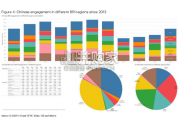
China’s financing and investment spread across 61 BRI countries in 2023 (up...
2024-02-27 31 英文报告下载
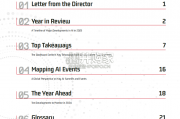
Though the risk of AI leading to catastrophe or human extinction had...
2024-02-26 52 英文报告下载
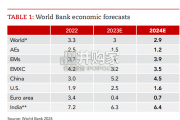
Focusing on the prospects for 2024, global growth is likely to come i...
2024-02-21 96 英文报告下载
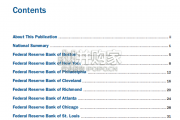
Economic activity declined slightly on average, employment was roughly flat...
2024-02-07 67 英文报告下载
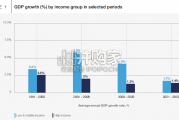
Economic growth can be defned as an increase in the quantity or quali...
2024-02-06 82 英文报告下载
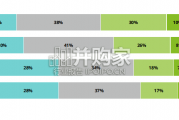
In this initial quarterly survey, 41% of leaders reported their organizatio...
2024-02-05 66 英文报告下载
最新留言